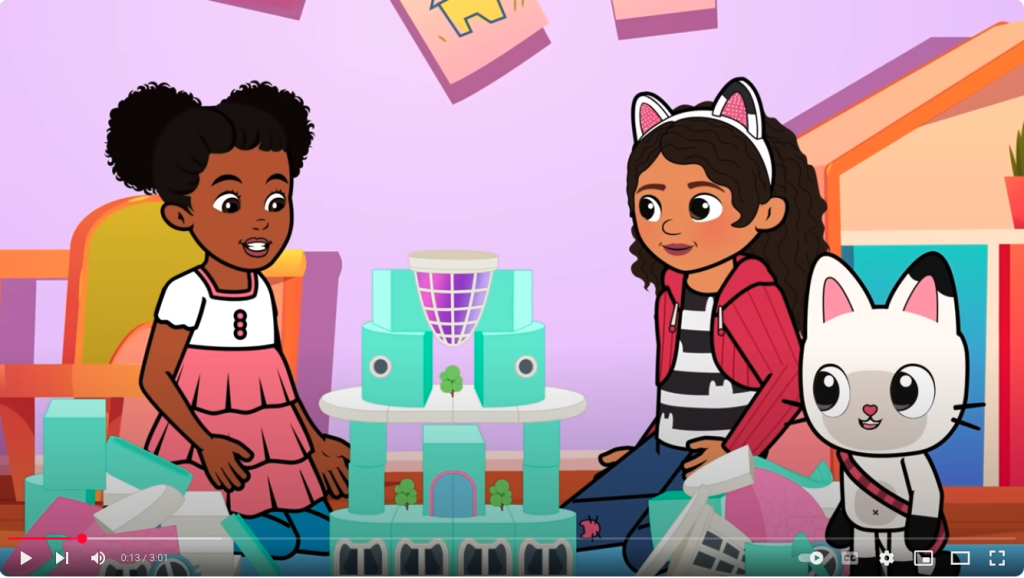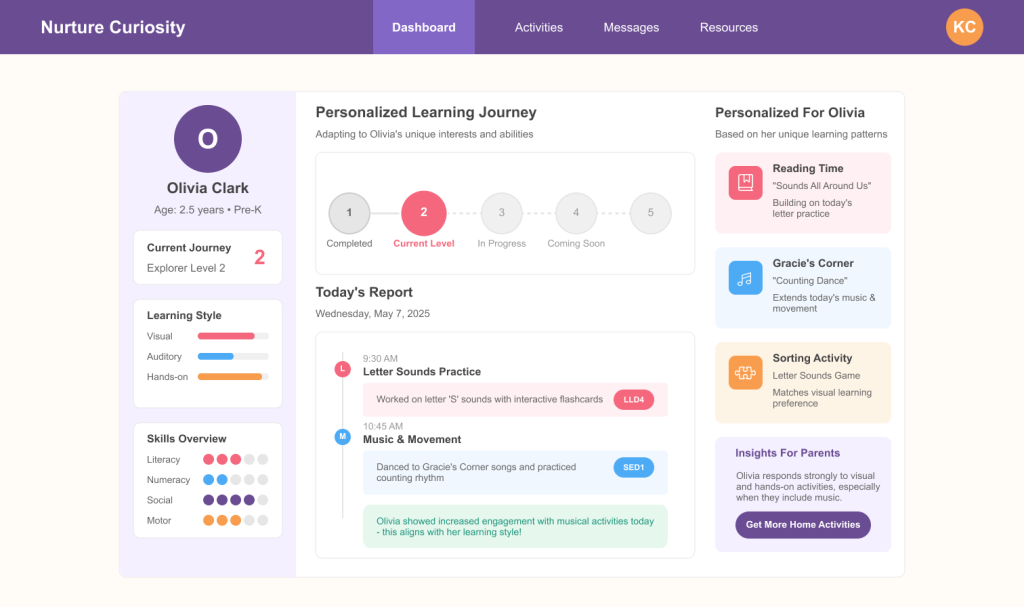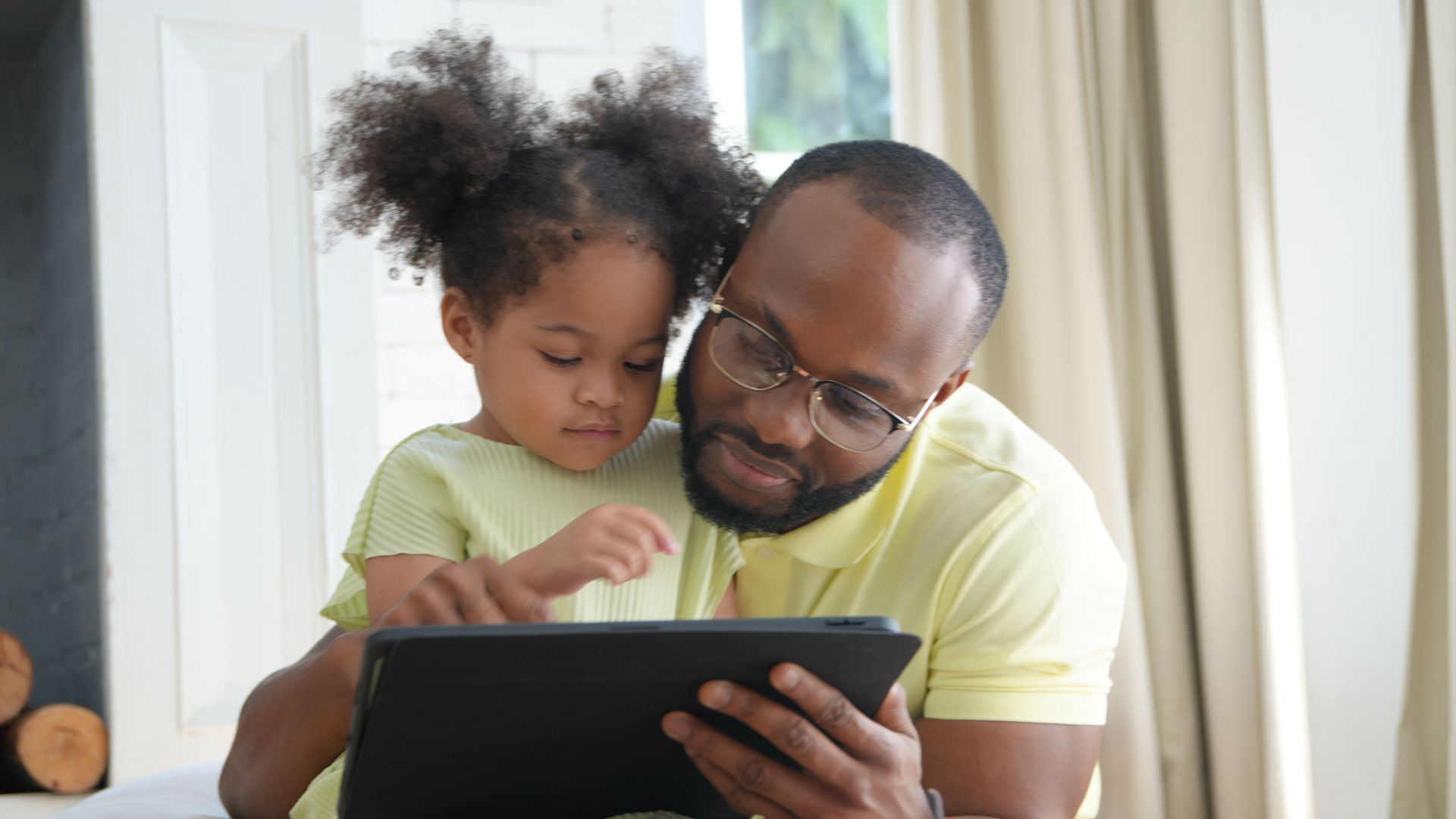Beyond Activity Tracking
Current early childhood apps excel at documenting daily activities but primarily function as digital documentation rather than adaptive learning systems. The real opportunity lies in moving beyond tracking what happened to understanding how a child learns and providing personalized pathways that adapt to their unique needs.
Three Signals Pointing to the Future
Learning That Listens and Responds
Interactive media platforms like Gracie’s Corner are transforming how children engage with educational content. These aren’t passive viewing experiences; they’re interactive journeys that invite participation and promote active learning.

What makes these platforms impactful is their cultural relevance. Gracie’s Corner was created to address the lack of diversity in children’s educational media, offering “culturally relevant remixes to old time nursery rhymes as well as original new songs.”
Research on joint media engagement demonstrates how these platforms enhance learning when children and caregivers participate together.
Letting the Child Lead
Educators have always created adaptive learning environments through centers, stations, and play-based exploration. Now, digital platforms are beginning to mirror this agency through branching choices and personalized pacing.
The Universal Design for Learning Guidelines emphasize providing multiple pathways to success. Research on learning through play shows how adaptive approaches support deeper engagement and learning outcomes.
Today’s increasing attention to neurodivergence is accelerating the development of systems that adapt to individual children rather than requiring children to adapt to rigid structures.
Intelligent Systems for Young Learners
Artificial Intelligence (AI) appears in children’s environments through features that support speech development, routine reinforcement, and identity-based storytelling.
Harvard’s Center on the Developing Child notes that effective learning builds on “serve-and-return interactions” where responses are tailored to a child’s actions, something AI systems are increasingly able to facilitate. The U.S. Department of Education highlights how these systems can offer multilingual, multimodal adjustments.
Tools like Khanmigo demonstrate how AI can provide just-in-time support during learning activities.
A Personalized Vision
Within the next 5-10 years, early learning environments will increasingly use technology that adapts to the child, rather than requiring the child to adapt to the system.
This shift is already visible in how families and schools incorporate platforms like Gracie’s Corner into routines, seeking media that reflects their child’s identity and supports language, social, and emotional growth.
The Adaptive Learning Dashboard
To illustrate these concepts, I’ve created a dashboard that integrates adaptive learning principles with activity tracking:

This dashboard includes:
- Learning journey visualization showing progress through developmental pathways.
- Learning style insights helping understand how a child engages with activities.
- AI-powered recommendations based on demonstrated interests and needs.
- Enhanced activity feed with adaptive insights about learning patterns.
- Parent guidance for extending classroom learning at home.
This approach helps answer how a child learns best, what skills they’re developing, and which activities would best support their current interests.
Unlocking Joyful Learning at Scale
Adaptive platforms allow children to learn at their own pace and in their own way. AI enables just-in-time feedback and personalized environments. When guided by adults, these tools extend responsive teaching without replacing human connection.
Keeping Technology Human-Centered
Several challenges must be addressed:
- Ensuring equitable access to devices and digital tools.
- Preventing narrow algorithmic recommendations.
- Addressing bias in AI training data.
- Maintaining the primacy of human interaction.
Researchers studying AI literacy note challenges including “lack of teachers’ AI knowledge, skills, and confidence; lack of curriculum design; and lack of teaching guidelines.”
My Personal Contribution
As an instructional designer, I aim to:
- Design inclusive learning experiences honoring diverse ways of learning.
- Collaborate with educators and developers to ensure technology serves developmental needs.
- Advocate for equitable access to adaptive learning tools.
Moving Forward
Technology can be a powerful partner in early learning when it reflects the rhythms of childhood. The future I imagine isn’t driven by innovation alone, but shaped by people who use it with care and purpose.
How might we balance the promise of personalized technology with the irreplaceable warmth of human connection in our children’s earliest learning experiences?

